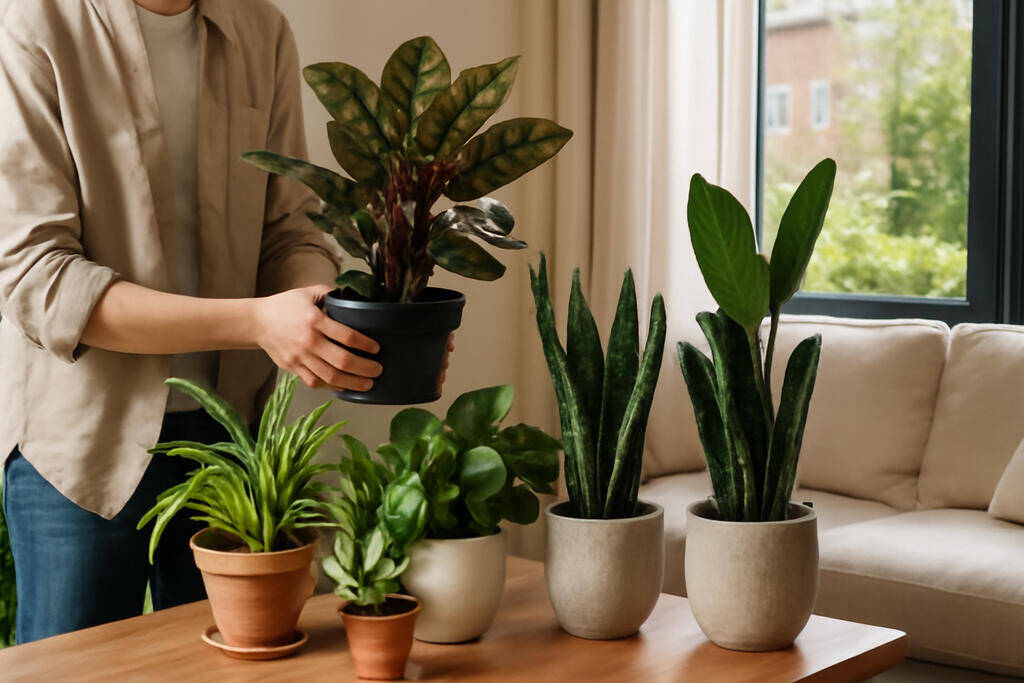You know that empty corner in your living room? The one that just feels a bit… blah? I had one, too. For years, I tried filling it with a bookshelf, then a chair, but nothing worked. Then, on a whim, I bought a large, leafy fiddle-leaf fig. Suddenly, the whole room felt alive. It wasn’t just décor; it was a living, breathing piece of joy. Plants can transform a house into a home, but choosing the right one can feel overwhelming. Don’t worry! With a little know-how, you can find the perfect green companions that will thrive, not just survive. Let’s find your plant match.
1. Assess Your Light Situation (It’s Everything!)
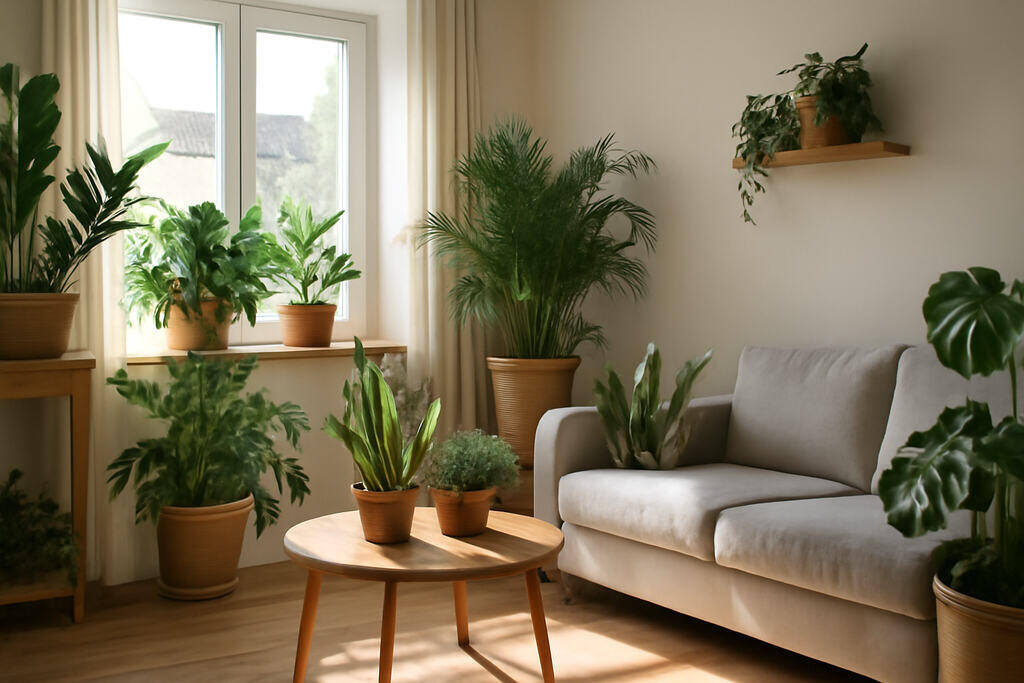
Before you even think about which plant to buy, you need to become a detective of light. This is the single most important step, and getting it wrong is the top reason plants struggle. Light is food for plants; without the right amount, they slowly starve. So, spend a day in your home and really observe. Where does the sun actually fall? A south-facing window is like a sunny vacation spot—bright and direct all day. East-facing windows offer gentle morning sun, which many plants absolutely love. West-facing windows get strong afternoon sun, which can be a bit harsh. North-facing windows provide consistent but low light, which is great for shade-lovers.
Don’t just guess—use the “shadow test.” Hold your hand about a foot above the spot where you want the plant around noon. If you see a crisp, well-defined shadow, that’s bright, direct light. A fuzzy but clear shadow indicates bright, indirect light (the sweet spot for most houseplants!). A faint, barely-there shadow means low light. Remember, light changes with the seasons, so a spot that’s perfect in summer might be too dark in winter. Knowing your light is like knowing your cooking style before you buy a recipe book—it sets you up for success from the very start.
2. Be Honest About Your Routine (The Watering Question)

Let’s be real: life gets busy. When choosing a plant, your own habits are just as important as the plant’s needs. Are you the type who remembers to water your pets but sometimes forgets to water yourself? Or do you love a daily routine and enjoy puttering around with a watering can? There is no right or wrong answer, but there is a right or wrong plant for your style. Suppose you’re a frequent traveler or just a bit forgetful, lean towards drought-tolerant plants like snake plants, ZZ plants, or ponytail palms. These guys store water in their roots or leaves and will forgive you if you miss a week (or three).
If you enjoy a more hands-on approach and don’t mind checking soil moisture regularly, you can explore thirstier plants like ferns, calatheas, or peace lilies. These plants will dramatically droop when they need a drink, making them great for learning their cues. The biggest mistake most new plant parents make is overwatering—killing their plants with kindness. It’s much easier to add water than to remove it from soggy soil. Choosing a plant that matches your natural tendency removes so much stress and turns plant care from a chore into a joyful ritual.
3. Consider Your Space’s Humidity
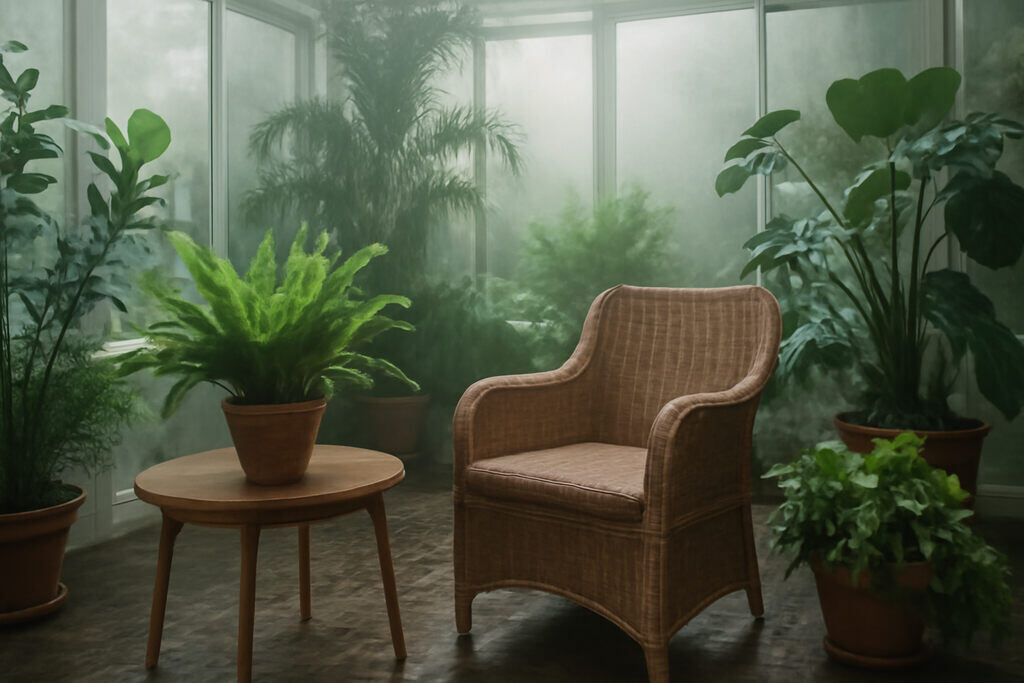
Beyond light and water, the moisture in your air plays a huge role in a plant’s health. Humidity is often the invisible culprit behind crispy brown leaf tips or drooping foliage. Our homes, especially with air conditioning or heating, can be very dry—desert-like, even. Some plants are built for this. Cacti, succulents, and snake plants won’t bat an eye. But many popular houseplants, like orchids, ferns, and calatheas, are tropical natives. They evolved in steamy jungles and crave that moist air.
You can work with your home’s natural humidity. If you have a naturally steamy bathroom with a window, it’s a paradise for humidity-loving plants. A dry, sunny living room is better suited for a cactus. If you fall in love with a tropical plant but have dry air, don’t despair! You can easily increase humidity by grouping plants together (they create their own mini-climate), placing a tray of water with pebbles near them, or occasionally misting them. Knowing your home’s humidity helps you either pick a plant that will naturally thrive or prepare to make a small adjustment to keep your pick happy.
4. Match the Plant to the Room’s Purpose

Think about what you do in each room. This can guide your plant choice in surprisingly effective ways. Your bedroom is a sanctuary for rest and relaxation. This is a perfect place for plants known for their air-purifying qualities and oxygen production at night, like snake plants or aloe vera. They can subtly contribute to a better night’s sleep. Your home office or study could benefit from plants that improve focus and add a touch of calm, like a peace lily or a rubber plant.
The kitchen, often a hub of activity, can handle larger, statement plants like a fiddle-leaf fig or a monstera, and it’s convenient for watering. Herbs like basil, mint, or rosemary are fantastic kitchen additions—both decorative and delicious! A bathroom, as mentioned, is ideal for humidity-lovers like ferns or pothos. Even a child’s room can host a friendly, non-toxic plant like a spider plant, teaching them responsibility. By aligning the plant’s qualities with the room’s vibe, you create a more harmonious and intentional living space.
5. Start with “Easy-Kill” Proven Winners
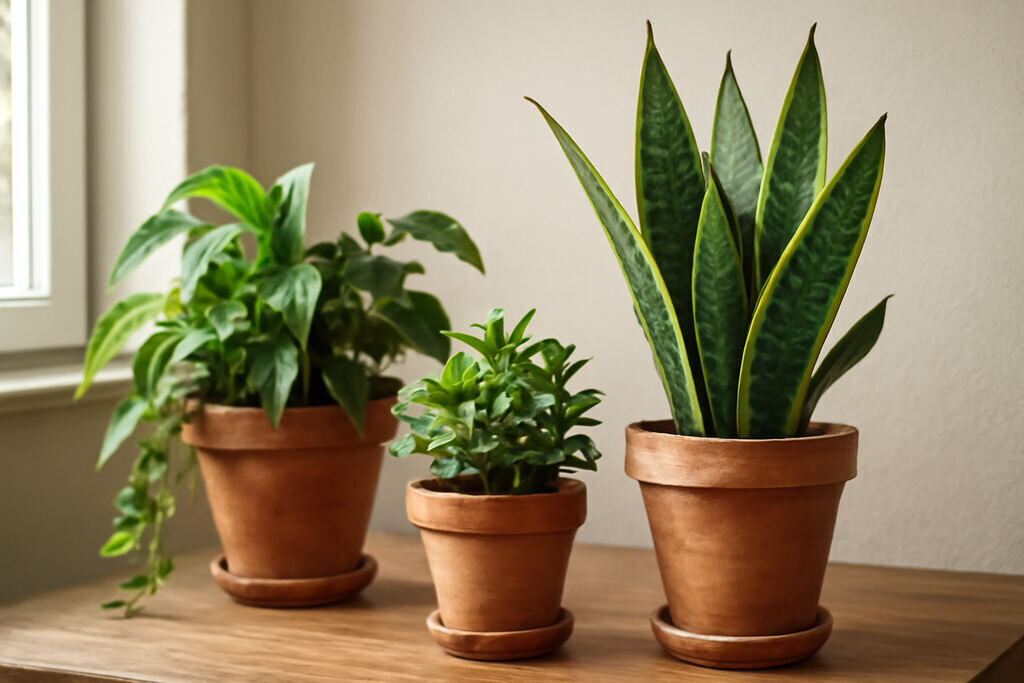
If you’re new to the plant world, build your confidence first! There’s no shame in starting with the toughest, most forgiving plants on the block. These are the plants that tolerate lower light, sporadic watering, and generally shrug off beginner mistakes. They are your training wheels, and they look fantastic doing it. The top contenders are the Snake Plant (Sansevieria), famous for its ability to survive in almost any condition. The ZZ Plant (Zamioculcas zamiifolia) is practically indestructible, thriving on neglect.
The humble Pothos is a fast-growing vine that tells you it’s thirsty by drooping slightly—and then bounces right back after a drink. Spider Plants are non-toxic, produce adorable “babies,” and are very adaptable. A Peace Lily is dramatic in its thirst cues (it will collapse and then revive with water) and blooms beautiful white flowers. Starting with these proven winners guarantees early success. That success builds enthusiasm and teaches you the basics of plant care without the heartbreak of losing a more finicky specimen. Master these, and you’ll be ready to level up.
6. Understand Pot Size and Drainage

That cute pot you just bought might be a death sentence if it doesn’t have a hole in the bottom. Drainage is non-negotiable for most plants. When you water, the excess needs a place to go. If it can’t escape, it pools at the bottom of the pot, waterlogging the roots and causing them to rot—a silent killer. Always, always choose a pot with a drainage hole. You can place a saucer underneath to protect your furniture. The pot size matters too. A common mistake is to put a small plant in a huge pot “so it has room to grow.” This backfires.
Too much soil holds too much water, far more than the small root system can absorb, leading again to rot. The rule of thumb is to only go up 1-2 inches in diameter when repotting. A plant that is root-bound (roots circling tightly) is ready for a slightly larger home. A plant growing in soil is in danger. Terracotta pots are excellent for beginners because they are porous, allowing soil to dry out more evenly and preventing overwatering. Plastic pots retain moisture longer, which is great for thirsty plants but risky for those that like to dry out.
7. Check for Toxicity (Pets & Kids)
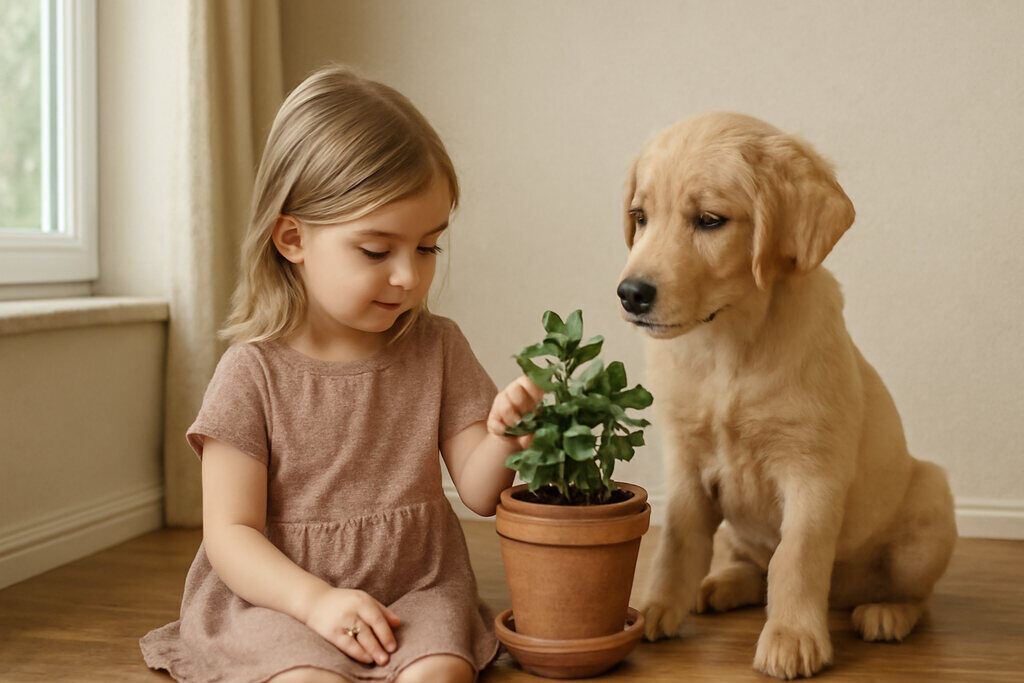
This is a critical safety check. Many common and beautiful houseplants are toxic if ingested by curious pets or children. It’s not worth the risk if you have a nibbling cat, a chewing puppy, or a toddler who explores the world with their mouth. Some of the most popular but toxic plants include Peace Lilies, Pothos, Dieffenbachia (Dumb Cane), Philodendrons, and Sago Palms. The effects can range from mild mouth irritation to severe vomiting and worse. Before you buy any plant, quickly look it up on the ASPCA’s (American Society for the Prevention of Cruelty to Animals) toxic plant list.
The good news is there are plenty of stunning, non-toxic options that are completely safe. These include Spider Plants, Boston Ferns, Parlor Palms, Peperomias, Calatheas (Prayer Plants), and the Ponytail Palm. You can have a lush, full home without the worry. If you absolutely fall in love with a toxic plant, the only safe option is to place it completely out of reach—in a hanging planter, on a very high shelf, or in a room that is permanently off-limits. Always err on the side of caution.
8. Think About Growth Habit and Mature Size
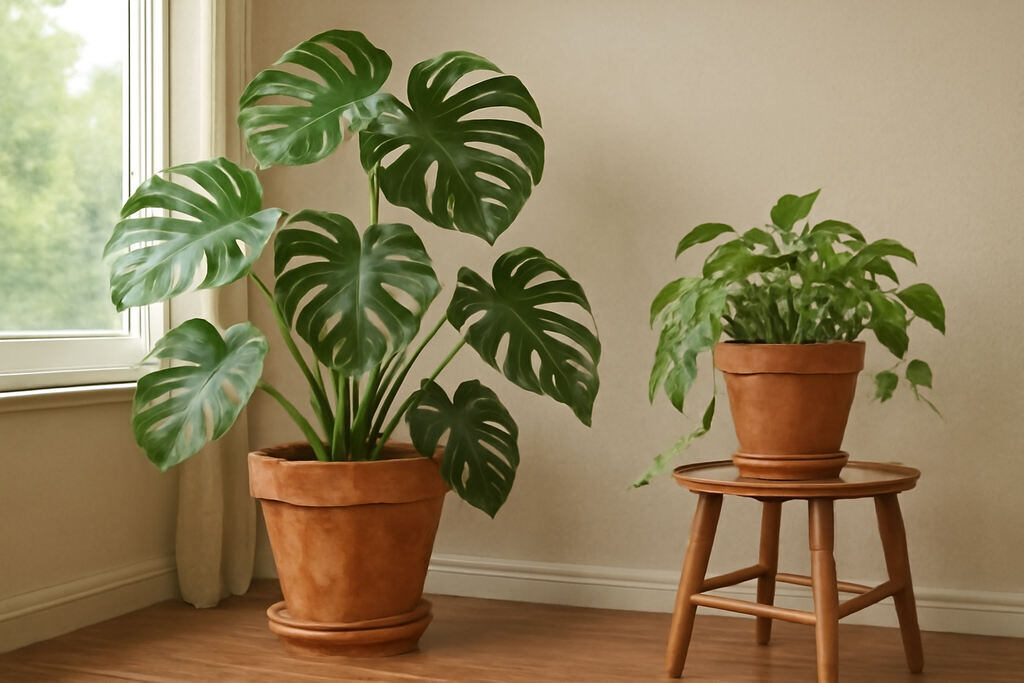
That tiny little plant in a 4-inch nursery pot won’t stay small forever. It’s easy to be seduced by a cute baby Monstera, but it’s crucial to research what it will become. Some plants, like the Fiddle-Leaf Fig or a Bird of Paradise, are trees in their native habitat and can grow to be 6 feet tall or more indoors. Vining plants like Pothos or Philodendron can trail 10 feet or longer. You need to have a plan for that growth. Do you have the floor space for a large tree? Do you have a high shelf for a vine to cascade from?
Conversely, some plants stay compact. A ZZ plant or a Snake plant will grow taller but stay relatively contained. A Peperomia remains small and cute on a desk. Understanding the growth habit helps you place the plant correctly from the beginning, saving you the hassle of repotting and moving a giant, heavy plant later. It also helps you avoid the disappointment of having to prune back a plant aggressively because it’s outgrown its space. Choose a plant whose future size and shape will complement your home, not overwhelm it.
9. Read the Plant’s Leaves (Before You Buy)
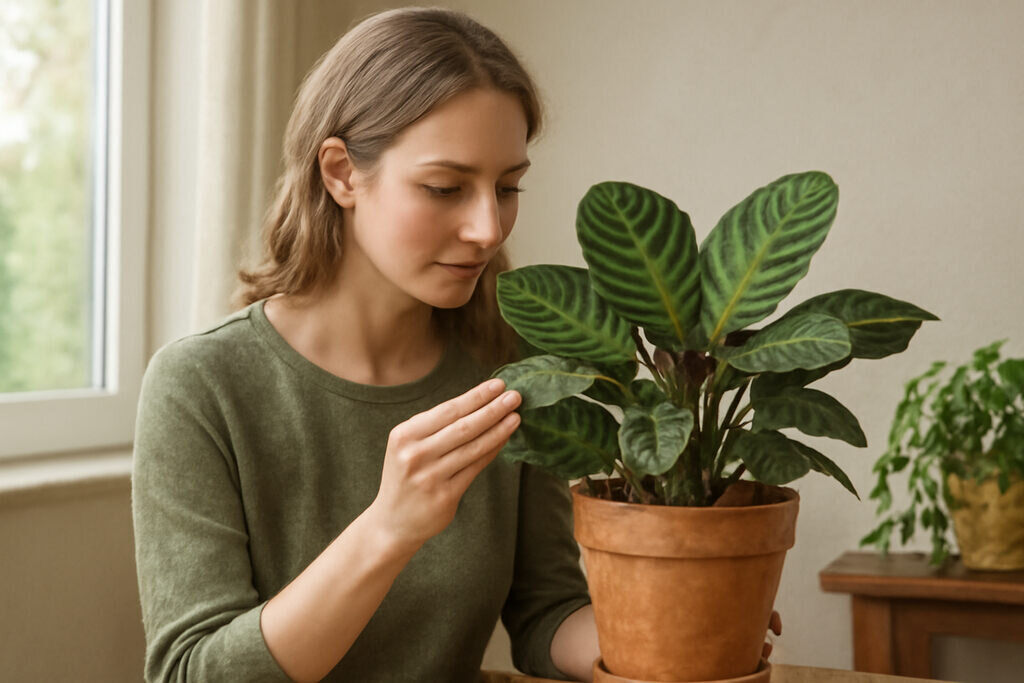
A plant’s leaves are like its health chart. Learning to read them at the store can save you from bringing home a sick plant. Always do a thorough inspection. Look for vibrant, firm leaves. Avoid plants with lots of yellowing or brown, crispy leaves—this can indicate chronic overwatering, underwatering, or disease. Check the undersides of the leaves meticulously. This is where pests like spider mites, aphids, and mealybugs like to hide. Look for tiny webs, sticky residue, or little white cotton-like dots.
Give the plant a gentle shake. If a lot of leaves fall off, it’s stressed. Gently remove the plant from its nursery pot (any good store will allow this) to check the roots. Healthy roots are white or light tan and feel firm. If they are dark brown, black, mushy, and smell bad, that’s root rot—walk away. You are not just buying a plant; you are adopting a living thing. Starting with a healthy specimen is 90% of the battle. A struggling plant from the start will only lead to frustration. Be picky!
10. Consider the Cost of Upkeep

The initial price tag of the plant is just the beginning. It’s important to consider the long-term, albeit minor, costs of plant parenthood. You’ll need a few basics: a watering can with a narrow spout for control, a good quality potting mix (regular garden soil is a no-go; it compacts and suffocates roots), and possibly some fertilizer for the growing season. For larger plants, repotting every year or two can mean buying a new, larger pot and several bags of soil.
Some plants are just more expensive to maintain. A Majesty Palm might be cheap to buy, but it will demand constant watering, high humidity, and frequent fertilizing to stay happy. A finicky Calathea might require filtered water to avoid brown tips. On the other hand, a Snake plant might need repotting only every five years and barely any fertilizer. Factor in not just your financial budget, but also your time-and-effort budget. The goal is a hobby that brings joy, not a financial or maintenance burden.
11. Know Where to Shop (Nursery vs. Big Box Store)

Where you buy your plant can influence its health and the advice you get. Big box stores (like Home Depot or Walmart) are convenient and often cheaper, but the plants there are not always cared for properly. They might be overwatered, pest-ridden, or stressed from low light. You need to be a more vigilant inspector. The staff are generally not plant experts. A local garden center or nursery is almost always a better choice. The plants are usually healthier, better cared for, and often sourced from better growers.
The biggest advantage of a nursery is the expertise. The staff are usually passionate gardeners who can answer your questions about light, water, and care. They can offer personalized advice based on your specific home environment. They are invested in you succeeding so you come back. For a beginner, the extra few dollars spent at a nursery for a healthier plant and expert advice is a priceless investment. It’s the difference between getting a pet from a responsible breeder and a puppy mill.
12. The Art of Repotting (When and How)
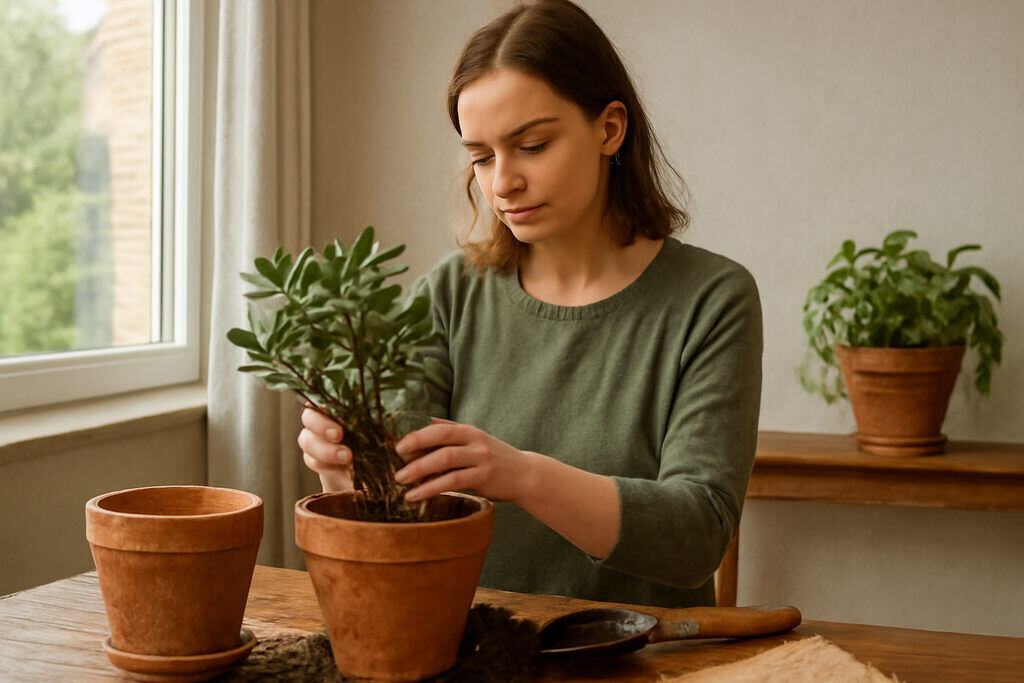
Repotting can seem scary, but it’s a simple and satisfying process. You only need to repot when a plant is “root-bound”—meaning its roots have filled the pot and are circling tightly, or when the soil is exhausted and no longer holding water properly. The best time to repot is in the spring or early summer, when the plant is entering its active growth period. First, water the plant a day before to reduce stress. Gently remove the plant from its old pot. You might need to tap the sides or turn it upside down while supporting the plant.
Tease the roots apart gently if they are a tight mass. Don’t rip them, just loosen them up so they can explore their new soil. Place a little fresh potting mix in the bottom of the new pot (only 1-2 inches larger), set the plant in, and fill in the sides with more mix. Press down gently to remove large air pockets. Water thoroughly until water runs out the drainage hole. This helps the soil settle. Your plant might be a little shocked and droopy for a few days—this is normal. Soon, with new room to grow, it will thank you with new leaves.
13. Seasonal Changes and Plant Care

Your plant care shouldn’t be the same in December as it is in July. Plants have seasonal rhythms, and our homes change too. In the spring and summer, the days are longer and brighter. This is your plant’s growing season! It will be thirstier and will appreciate regular fertilizing (about once a month). This is the time for repotting and propagation. In the fall and winter, the light levels drop significantly and growth slows or stops almost completely. This is the plant’s dormant period.
During this time, you must change your habits. Water much less frequently. The soil will take much longer to dry out, and overwatering is a huge risk. Stop fertilizing entirely; the plant isn’t growing and can’t use the nutrients, which can then build up and burn the roots. Don’t be alarmed if your plant loses a few leaves or doesn’t put out new growth—it’s just resting. Come spring, it will wake back up. Adjusting your care with the seasons is the mark of an experienced and attentive plant parent.
14. Don’t Be Afraid to Propagate!
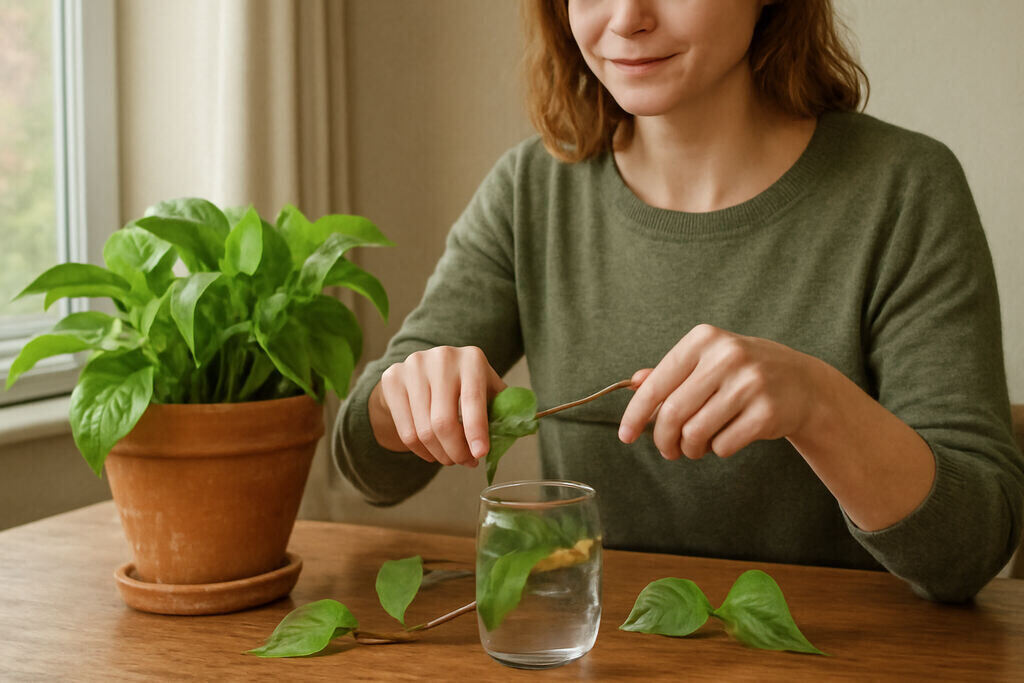
Propagation is the magic trick of plant parenthood—making new plants from your existing ones, for free! It’s easier than you think and incredibly rewarding. Many common houseplants, like Pothos, Philodendron, and Spider Plants, are super easy to propagate. For vining plants, simply snip a stem just below a “node” (the little bump on the stem where a leaf grows). Place this cutting in a glass of water, making sure the node is submerged. Place it in a bright spot and wait. In a few weeks, you’ll see white roots growing!
Once the roots are a few inches long, you can pot the cutting in soil. You’ve just created a new plant! Spider Plants produce little “pups” or babies on long stems. You can snip these off and pot them directly. Propagation lets you expand your collection, share plants with friends, and rejuvenate a leggy plant by pruning it back and rooting the cuttings. It demystifies plants and connects you to the cycle of growth. It’s the ultimate “win” for a plant lover.
15. Embrace Imperfection and Learn
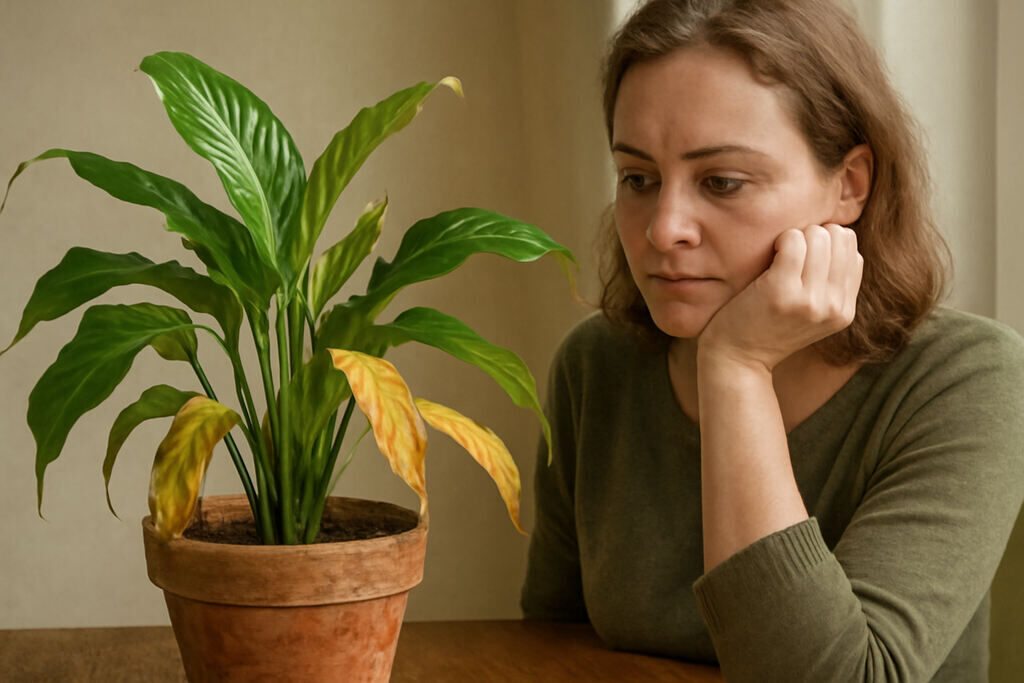
Here’s the most important secret every experienced plant owner knows: no plant is perfect. Leaves will get brown tips. A leaf might turn yellow and fall off. You might overwater and have to perform an emergency repot. You will likely, at some point, kill a plant. And that is okay! It is all part of the learning process. Plants are living beings, not home décor accessories. They react to their environment. Instead of striving for flawless, Instagram-perfect greenery, embrace the journey.
Each brown tip is a message. Each dropped leaf is a clue. Learn to listen to what your plant is telling you. Did the tips brown after you fertilized? Maybe it was too strong. Did it drop leaves after you moved it? It might be in shock. The community of plant lovers is vast and supportive. Don’t be afraid to ask for help in online forums or with your local nursery. The goal isn’t a perfect plant; it’s the joy of nurturing, the learning, and the life they bring into your home. Welcome to the club

